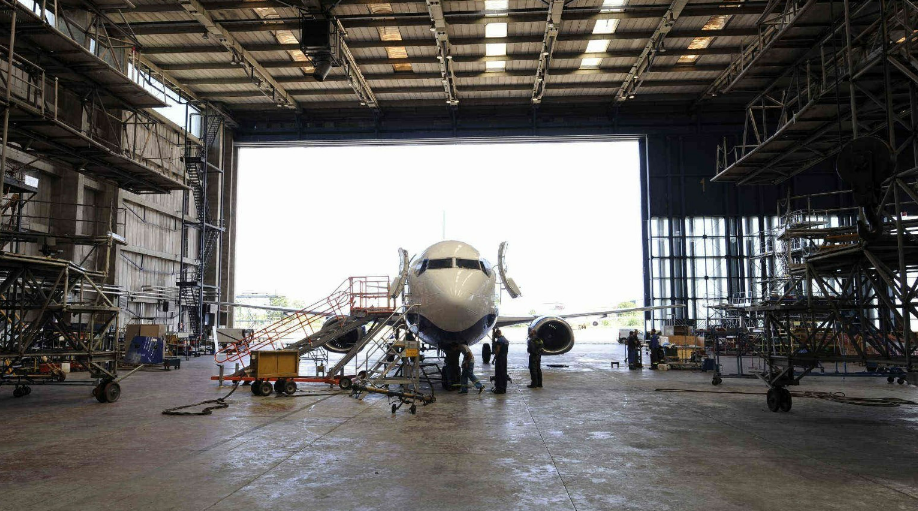Building Hangar: Must-Have Features for Your Aircraft Storage Facility
Whether you’re an avid pilot, a business owner, or an organisation utilising aircraft, owning an aeroplane is a significant investment. Protecting your aircraft from the elements, ensuring its safety, and maintaining its optimal condition require a dedicated and well-equipped storage facility.
Building a hangar is ideal for safeguarding your aircraft and prolonging its lifespan. Below, we’ll delve into the must-have features for your hangar.
1. Durable Construction
A hangar’s primary function is to shield your aircraft from the elements. Therefore, the construction should be sturdy and resilient to withstand harsh weather conditions such as heavy rains, strong winds, and extreme temperatures.
Steel is a popular choice for hangar construction due to its strength, durability, and resistance to corrosion. Hangars made from steel can withstand the weight of even the largest planes and provide long-lasting protection.
2. Adequate Size and Clearance
You must carefully consider the size of your hangar to accommodate the specific dimensions of your aircraft, including its wingspan, height, and length. Ensure ample clearance around the aircraft for easy movement and access for maintenance or repairs.
When building a hangar, consider future growth plans as well. If you anticipate adding more aircraft to your fleet, it’s advisable to choose a hangar size that can accommodate future expansion.
3. Secure Doors and Access
Protect your aircraft from unauthorised access with secure doors and locking mechanisms. Install high-quality doors resistant to forced entry and consider incorporating additional security measures such as alarm systems and surveillance cameras.
Restrict access to the hangar to authorised personnel only. Implement clear access protocols and maintain accurate records of who enters and exits the hangar.
4. Proper Ventilation and Lighting
Adequate ventilation is crucial for maintaining a healthy environment inside the hangar. Proper airflow helps prevent moisture buildup, which can lead to corrosion and mould growth. Install ventilation systems that can effectively circulate air throughout the hangar, especially in areas where aircraft are stored.
Sufficient lighting is also essential for hangar safety and efficient maintenance activities. Provide adequate lighting throughout the hangar, including task lighting for specific work areas and general illumination for overall visibility.
5. Drainage and Water Management
Proper drainage is essential to prevent water accumulation and potential damage to your aircraft. Install a drainage system that effectively channels rainwater away from the hangar foundation and aircraft storage areas. Consider creating a slight slope in the hangar floor to direct water towards drains.
Water management systems should also include measures to prevent water intrusion, such as sealing around doors and windows. You must also maintain a proper distance between the hangar and any water sources.
6. Fire Suppression Systems
Hangars are at risk of fire hazards due to fuel and flammable materials. Equip your hangar with a fire suppression system to detect and extinguish fires effectively. Strategically install a sprinkler system, fire alarms, and fire extinguishers.
Regularly inspect and maintain fire suppression systems to ensure optimal working conditions. Conduct fire drills and training for hangar personnel to ensure they are prepared to respond to emergencies promptly and effectively.
7. Adequate Workspaces
If you plan maintenance or repairs within the hangar, provide dedicated workspaces with appropriate tools, equipment, and storage facilities. Ensure the workspaces are well-lit and organised to promote safety and efficiency.
Consider installing overhead cranes or hoists for lifting and manoeuvring heavier components. Designated workspaces contribute to a more organised and efficient hangar environment.
Investing in a well-constructed and equipped hangar is wise for aircraft owners and operators. You can reap the benefits of a durable, long-lasting hangar by including these must-have features.

